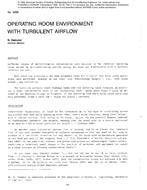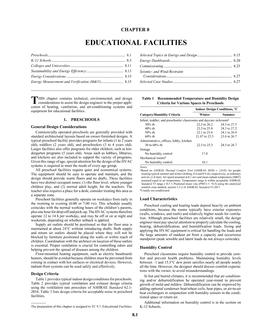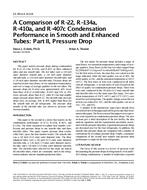Although refrigerant charge has an important influence on the performance of residential cooling systems with fixed orifice metering devices, there has been little research to quantify the effects of incorrect charge or design new diagnostics for evaluating charge level. The most common diagnostic for charge level in these systems is the superheat test.In this paper, we examine three superheat technologies/techniques. Two of the diagnostics are appropriate for detecting incorrect charge, one is not. Additionally, measurements at four houses indicate that it is important to measure the condenser air entering temperature with a high degree of accuracy. Measurement of the wet-bulb temperature in the return plenum and the suction line temperature are equally important but seemingly easier than measuring the condenser air temperature, as several measurement technologies yielded similar results for these quantities. The importance of refrigerant charge to energy use and capacity of residential cooling systems, the limitations of the superheat test, and the variations in the test method results and interfaces necessitate the development of a standard method or methods to determine refrigerant charge level.
Units: Dual
Citation: Symposium, ASHRAE Transactions, vol. 108, pt. 2
Product Details
- Published:
- 2002
- Number of Pages:
- 11
- File Size:
- 1 file , 280 KB
- Product Code(s):
- D-8865


